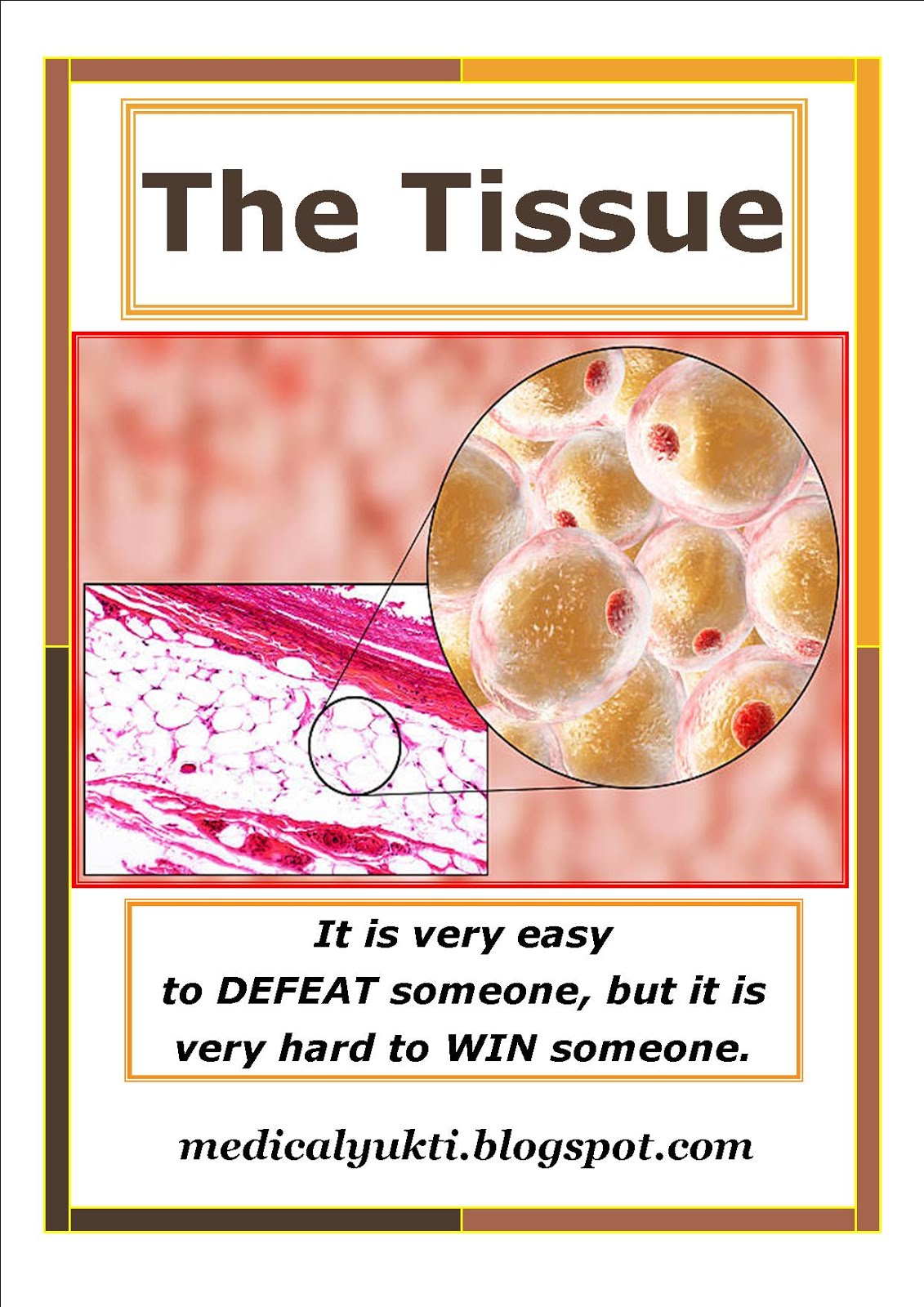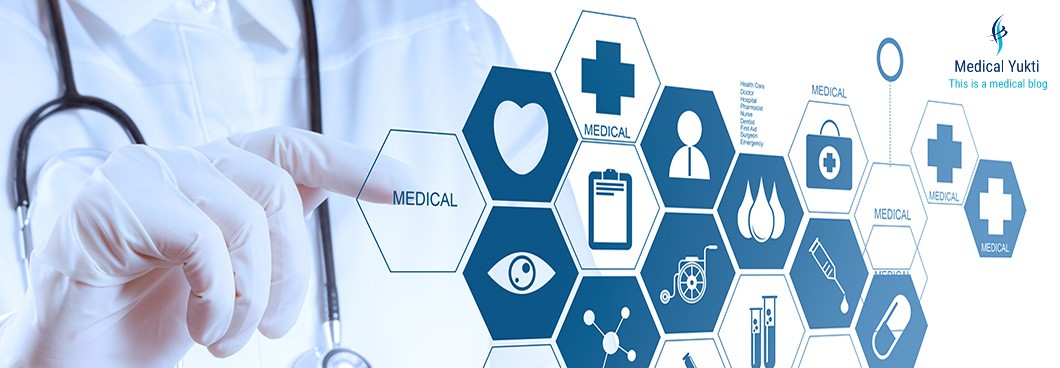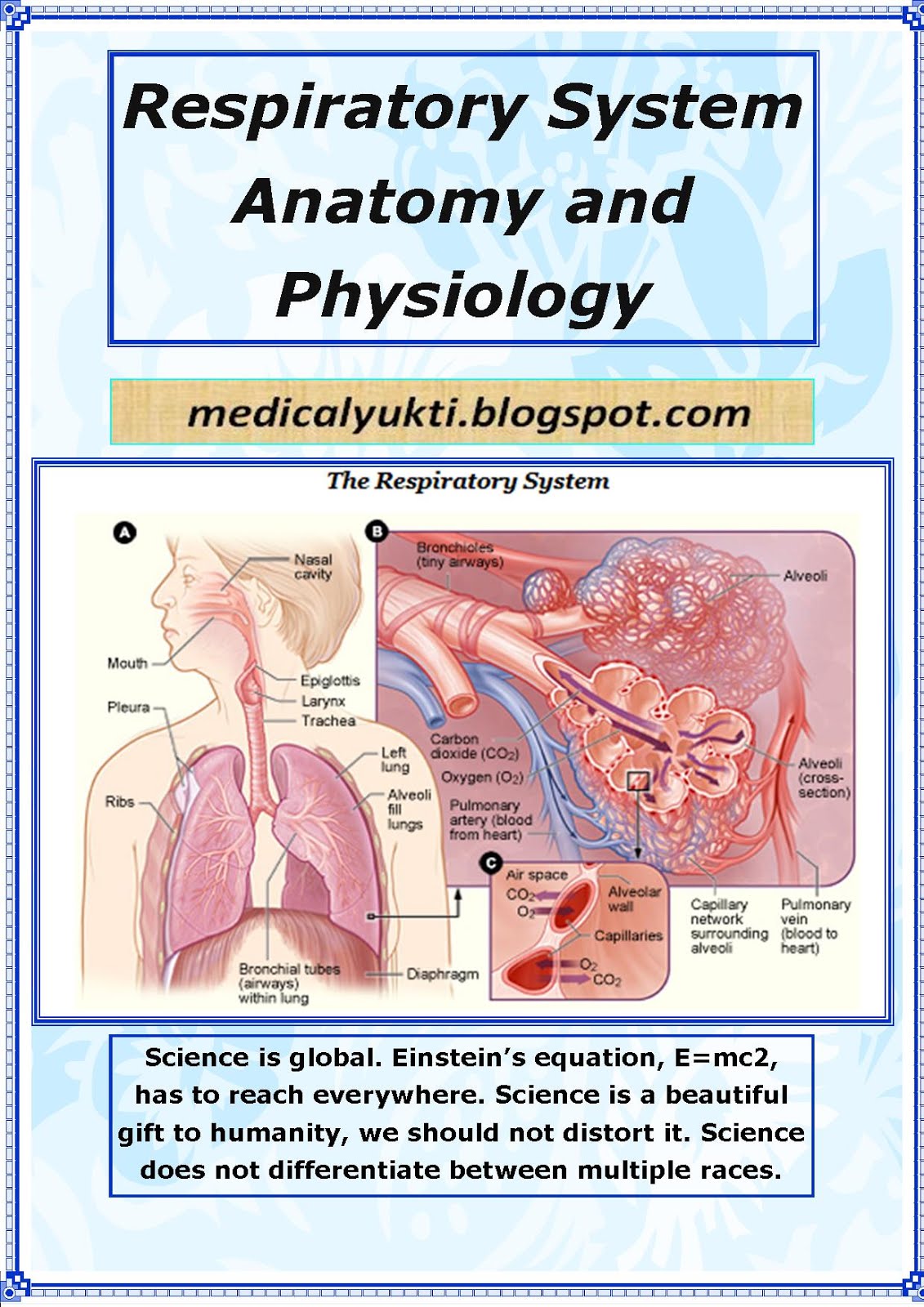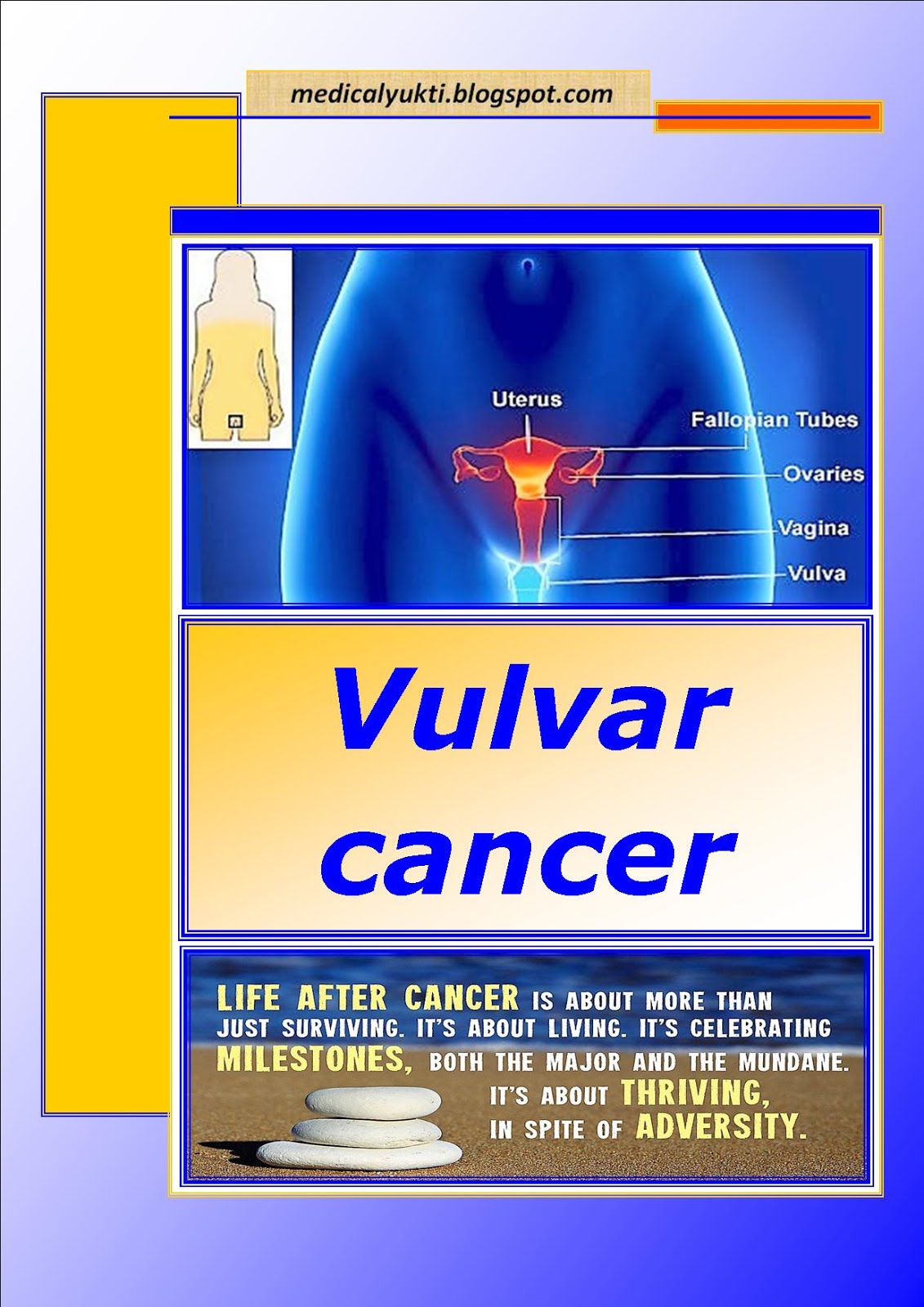Shape the future of dermatology by enhancing your knowledge with this innovative series! This title in the Requisites in Dermatology series is the perfect resource for quick reference and rapid review in pediatric dermatology. It succinctly presents all of the most essential clinical and foundational knowledge you need for certification, recertification or practice. An extremely user-friendly full-color format, replete with full-color clinical photographs and other pertinent illustrations, makes it easy to locate and read up on any topic. Plus, full-text online access lets you consult the book from any computer, download all of the images, watch online lectures, and much more.
- Expert discussions and abundant full-color photographs guide you through the diagnosis and management of all of the most important and commonly seen pediatric skin conditions.
- Full-text online access lets you consult the book from any computer, perform quick searches, download all of the illustrations, and clip content for download onto your handheld device. You’ll also find online lectures from the chapter authors, self tests, additional downloadable figures, and other exciting materials.
- A highly user-friendly full-color format and a consistent chapter template guide you effortlessly through all the information you need to know about any topic.
- Key Points call attention to the most important “takeaways” in each chapter.
- Abundant algorithms streamline diagnostic and therapeutic decision making.
- The book’s compact size makes it equally convenient for reference in the office, clinic, laboratory, or break room.


























































